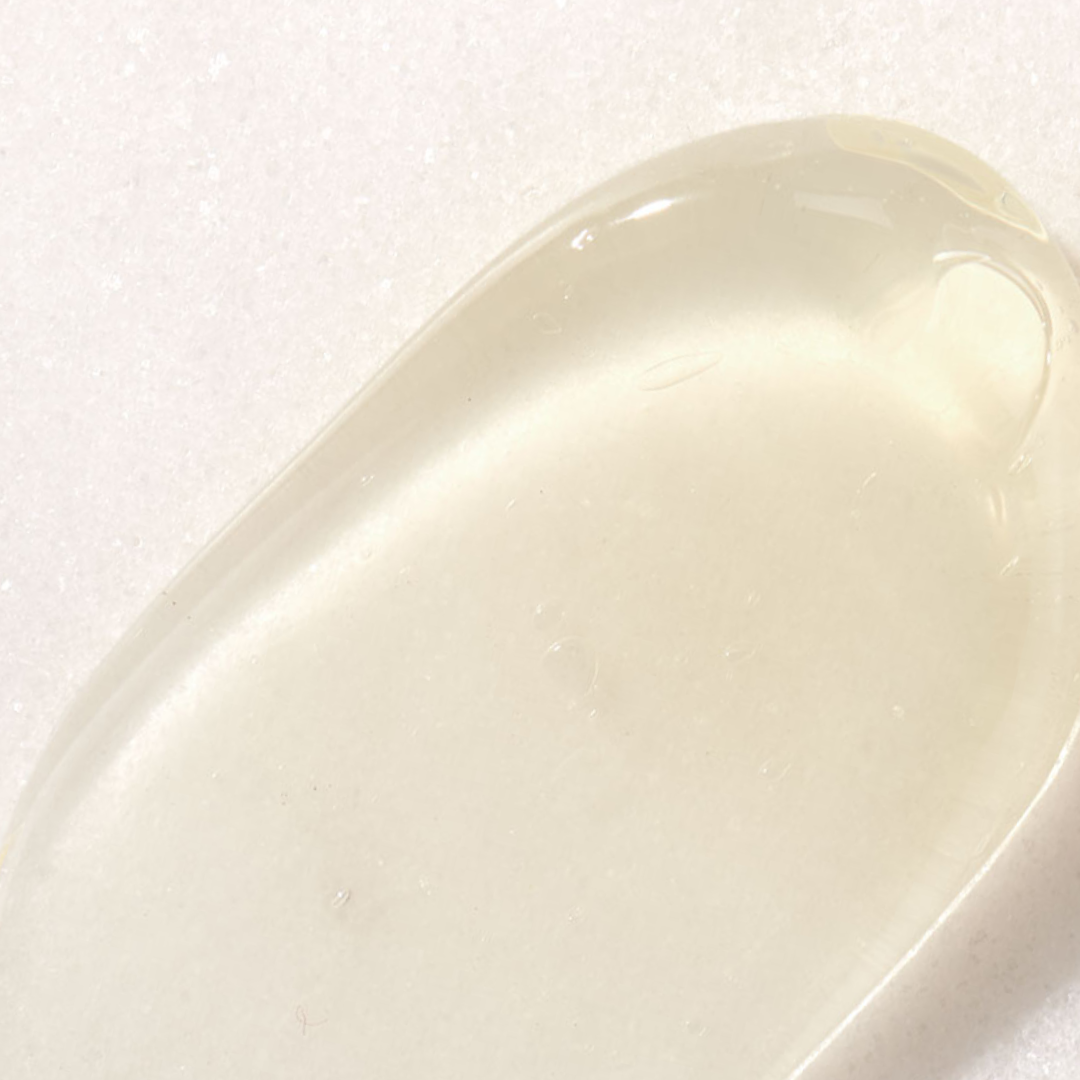As the lines between skincare and the wellness industry grow increasingly blurry, I’ve seen a boom in superfood skincare. New products touting the benefits of kale and pomegranate show great promise, but let’s not forget how much they owe to an early pioneer of superfoods for skin—the humble green tea leaf. Time after time, it endures as one of the most potent and well-researched skin foods. Read on to learn more about the buffet of beneficial compounds found in green tea.
Epigallocatechin Gallate (EGCG)
Green tea contains a robust array of polyphenolic compounds, but one stands above the rest. EGCG is the most abundant antioxidant in green tea. Like all antioxidants, it protects against free radical damage. It inhibits pro-aging stressors like UV rays and pollution from wrecking havoc on your skin. EGCG also has demonstrated anti-inflammatory benefits to help soothe reddened or irritated skin. With all these attributes combined, EGCG helps promote calmer, healthier, younger-looking skin.
Vitamin C
Arguably the most well known antioxidant in skincare, vitamin C can be found in most superfoods. Green tea is no exception. While brewed green tea contains a comparatively lower concentration, whole-leaf forms of green tea such as matcha can deliver a powerful punch of vitamin C.
L-Theanine
Green tea is replete with antioxidants, and l-theanine fits that pattern. However, it does more than just fight oxidative stress. This amino acid also possesses some impressive moisture-retention capabilities. It functions as a skin hydrator and helps prevent moisture loss for plump, glowing skin. Since dryness often exaggerates the appearance of fine lines and wrinkles, l-theanine can also diminish some signs of aging.
Green tea has one of the longest histories of any skincare ingredient, and that popularity sustained over time has leant itself to a great deal of research on its many demonstrated benefits. Whether your drink it or apply it topically, green tea is good for your whole body.
XO,
Jordan





